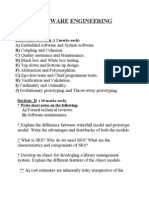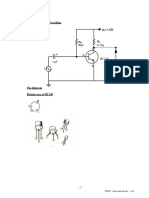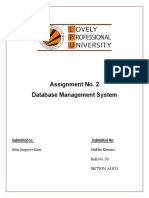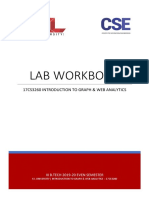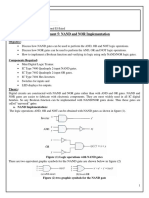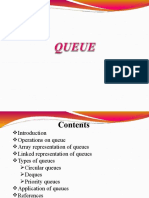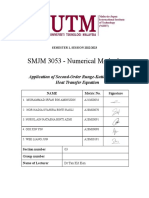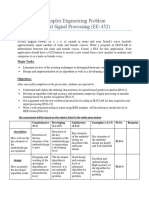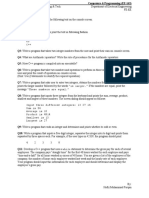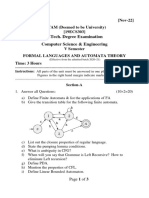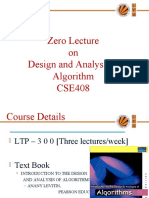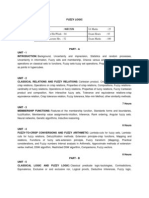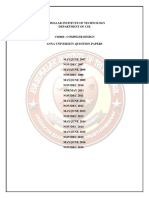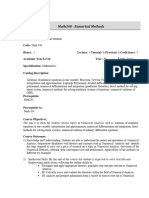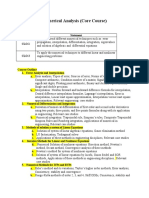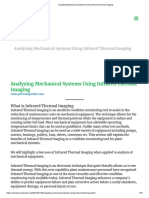0% found this document useful (0 votes)
293 views2 pagesNumerical Analysis Course Outline 2020
This document provides information about a Numerical Analysis course, including:
- The course is worth 3 credit hours and involves 48 contact hours of theory.
- Upon completing the course, students will be able to apply numerical methods to problems involving interpolation, differentiation, integration, and nonlinear equations. They will also be able to solve differential equations and optimization problems numerically.
- The course covers topics like nonlinear equation solving, regression/interpolation, numerical differentiation/integration, solving ordinary differential equations, and numerical optimization methods.
Uploaded by
Muhammad Ahmad RazaCopyright
© © All Rights Reserved
We take content rights seriously. If you suspect this is your content, claim it here.
Available Formats
Download as PDF, TXT or read online on Scribd
0% found this document useful (0 votes)
293 views2 pagesNumerical Analysis Course Outline 2020
This document provides information about a Numerical Analysis course, including:
- The course is worth 3 credit hours and involves 48 contact hours of theory.
- Upon completing the course, students will be able to apply numerical methods to problems involving interpolation, differentiation, integration, and nonlinear equations. They will also be able to solve differential equations and optimization problems numerically.
- The course covers topics like nonlinear equation solving, regression/interpolation, numerical differentiation/integration, solving ordinary differential equations, and numerical optimization methods.
Uploaded by
Muhammad Ahmad RazaCopyright
© © All Rights Reserved
We take content rights seriously. If you suspect this is your content, claim it here.
Available Formats
Download as PDF, TXT or read online on Scribd
/ 2



